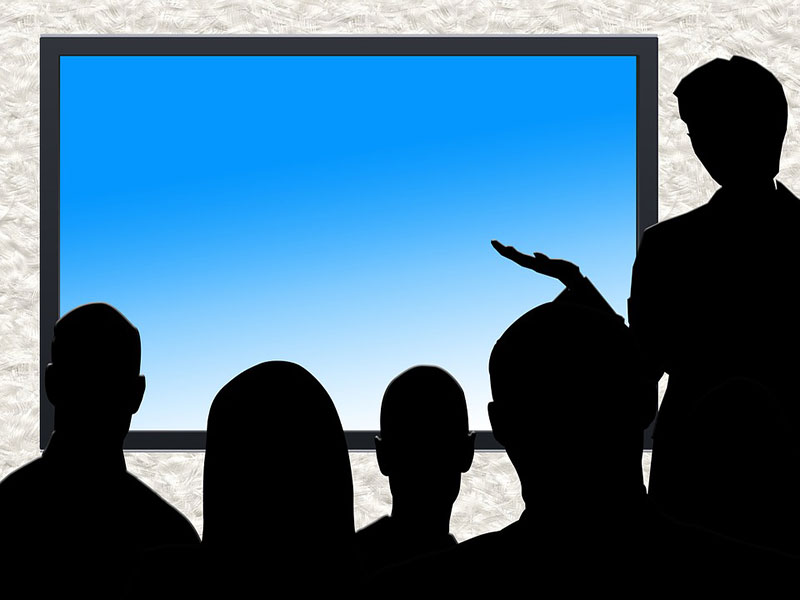 With today’s generation getting smarter by the day, most parents and teachers find themselves at a loss for words when faced with their bold and intelligent questions. With technology and social media taking our society by storm, kids of all age groups today are much more well informed on various aspects of life than ever before. They are curious, tech savvy, intelligent and articulate.
With today’s generation getting smarter by the day, most parents and teachers find themselves at a loss for words when faced with their bold and intelligent questions. With technology and social media taking our society by storm, kids of all age groups today are much more well informed on various aspects of life than ever before. They are curious, tech savvy, intelligent and articulate.
Against this backdrop, the question that parents and teachers need to ask themselves is if they are focusing on building the children’s abilities to meet their expectations. Are they constraining the children and setting them up for failure rather than taking them to higher levels of learning and joy?
Despite a great deal of lip service paid to holistic education and innovative teaching techniques, most schools today are still following the archaic learning model – learning mainly through textbooks within the classroom. Teachers and principals are not computer savvy and the only presentations they make are usually for the PTA meetings, which too are replete with proof of incompetency such as text spilling out of the margins and glaring spelling mistakes. If the school teaching staff is not equipped with the required skills, they are bound to lose the students’ respect and face situations where students do not pay attention in the class. The students will tend to have less respect for their teachers because they feel the teachers are not capable. Today internet provides so much of information in easy to understand format that the students can learn a lot themselves. So are we saying schools will not be required? Absolutely not.
Schools are essential as they provide a platform, where teachers or experts are made available to the learners. It also provides a forum for the learners to network, where they can socialise with their peers, see where they stand among the peers and learn from them. School is a place where they can get guidance and counselling on life skills. Teachers should guide the learner on how to sort out their queries, doubts and find different sources that can give them the answers. So what should the role of a typical teacher be like. A teacher should be someone who will teach the student to explore and then help the student extract the relevant information, channelise that knowledge, and help the student to apply the same in a real life situation or scenario. So for example a physics teacher will explain the principles of conduction, show the videos of what conduction means by actual videos or cartoons. There are so many audio visual aids that are available now to impart learning.
As homework, the teacher can ask students to observe around them and identify objects that use the principles of conduction, take pictures or draw them and put it up on the class discussion forum.
The teacher can ask students to review their peer’s content and evaluate them. Criteria could be correctness of the principle, its application to human life ,how innovative it is, etc. Marks can be allotted for participating in the discussions, constructive feedback and use of scientific terms. This way, the student not only learns from his teacher but also learns from his peers. This method enables students to learn to put forth views that may be contrary to the author, and learn to respond to queries. It helps the learner develop his critical thinking and communication skills apart from learning the particular topic on physics.
The art of communicating and debating is a critical skill that every person needs to possess to become a successful individual in the future. In one go, the student learns physics, communication and social skills thus making the student complete in all respects.
(Veena Gupta has over 23 years of IT industry experience. Passionate about teaching and training, she is currently leading TCS iONAcademy skilling initiative in the education sector)


























